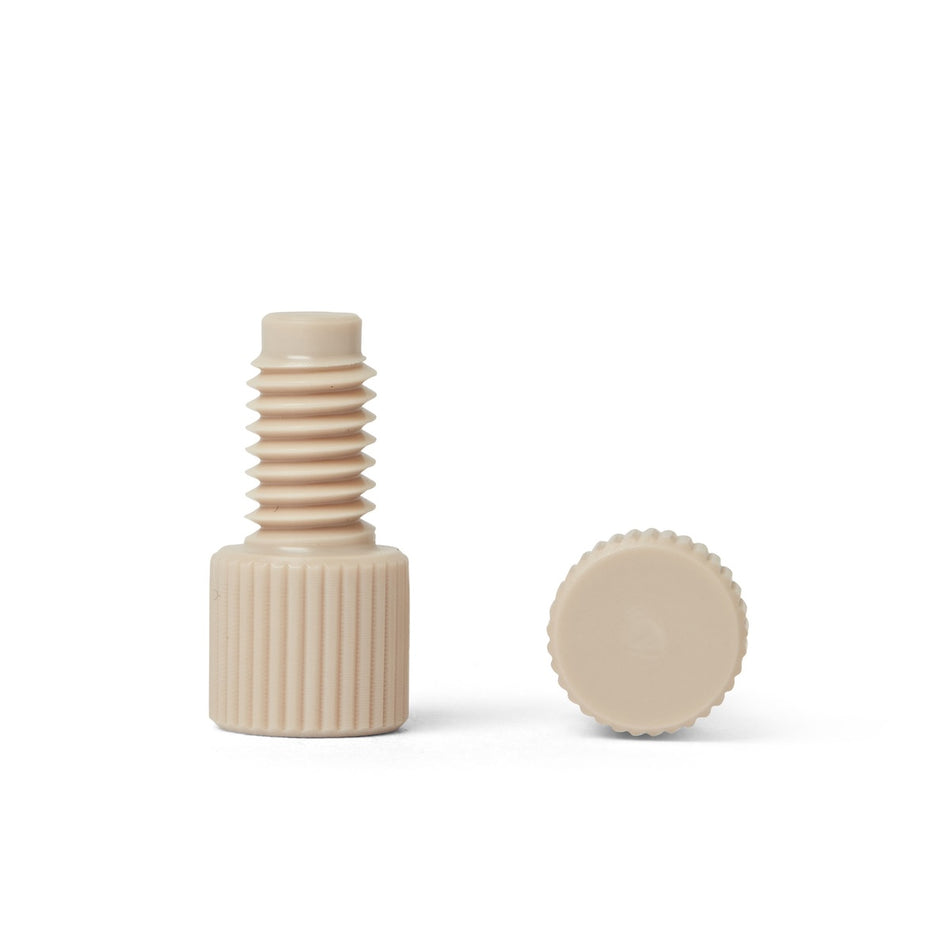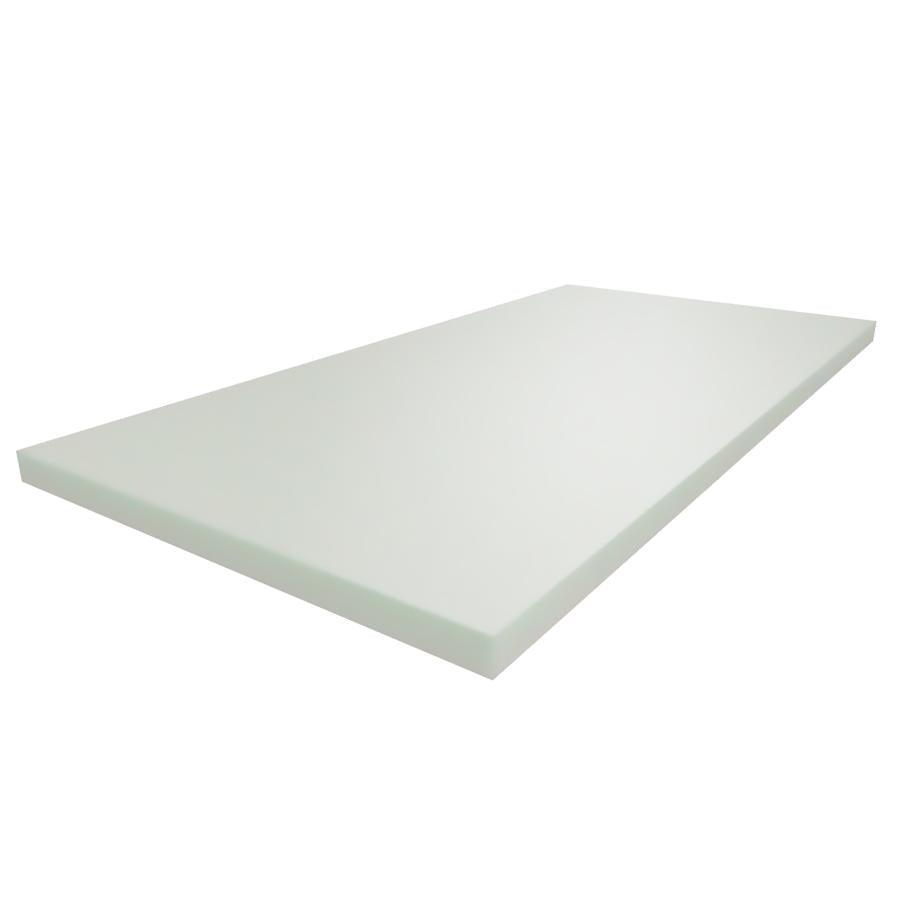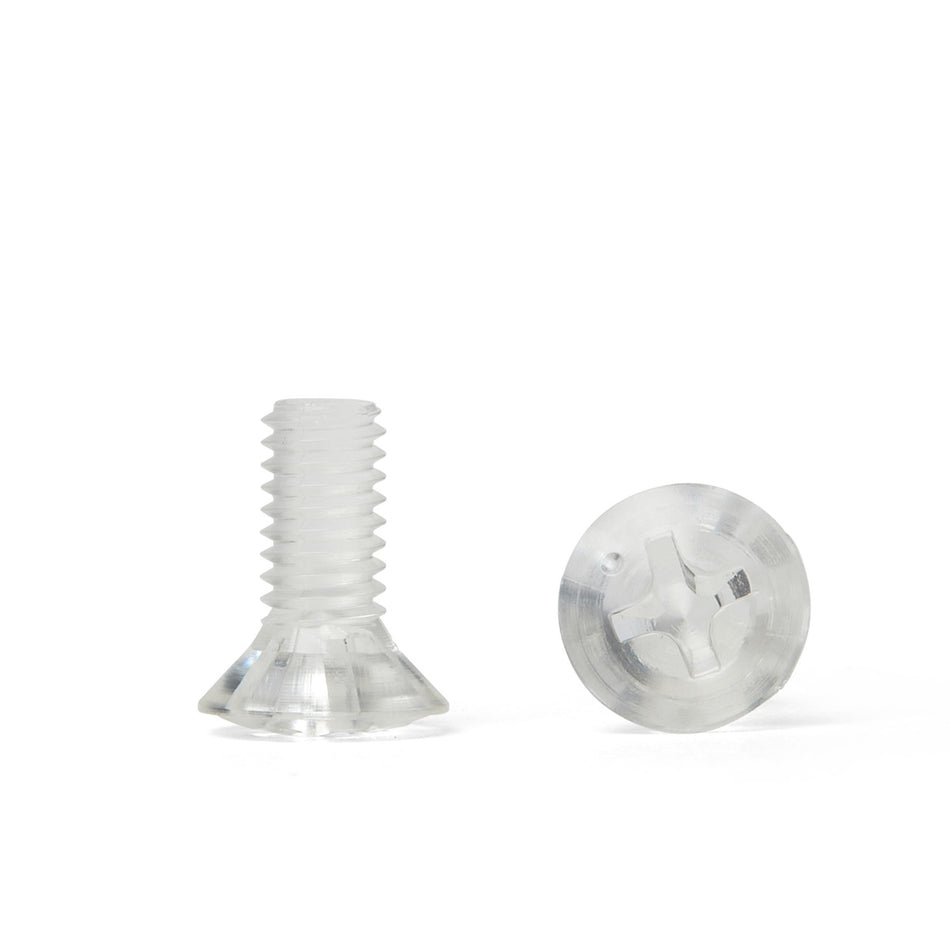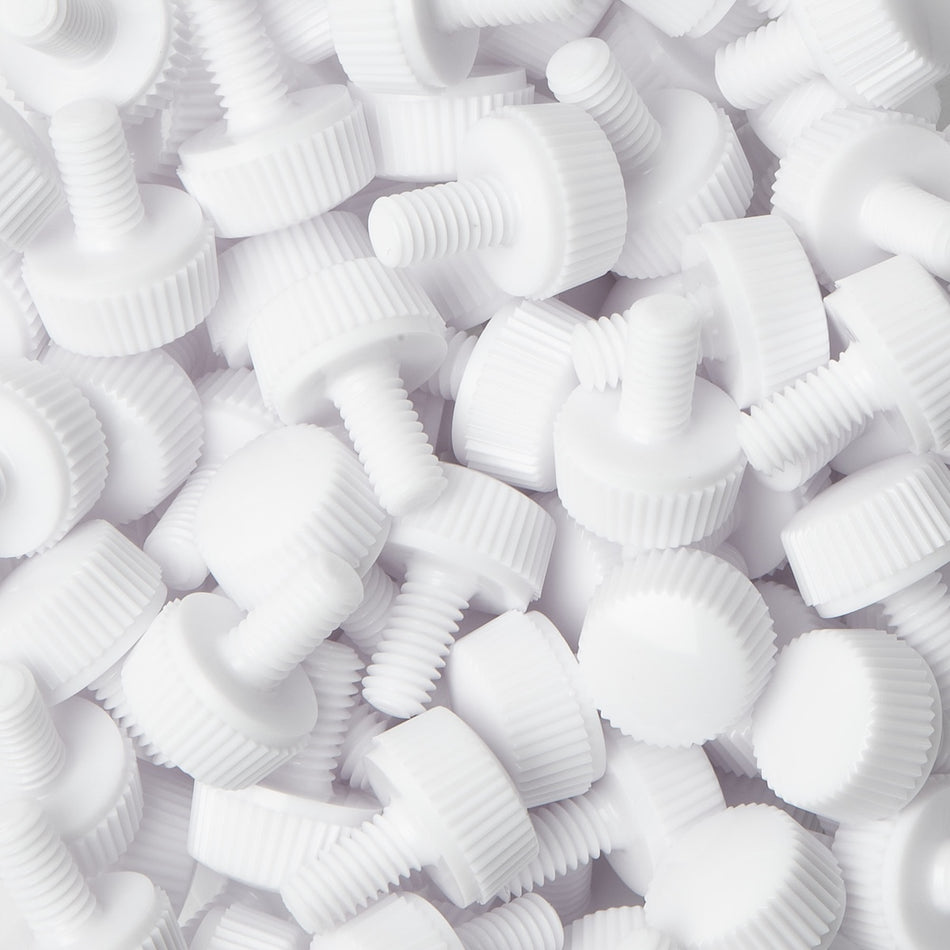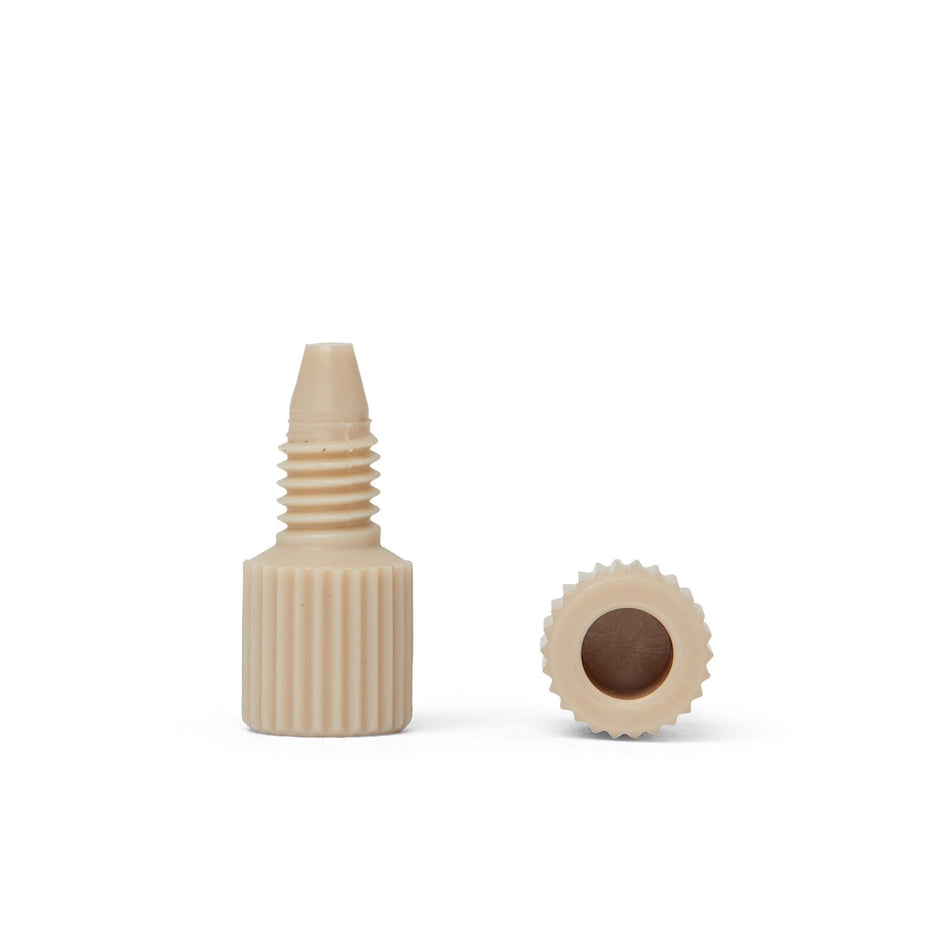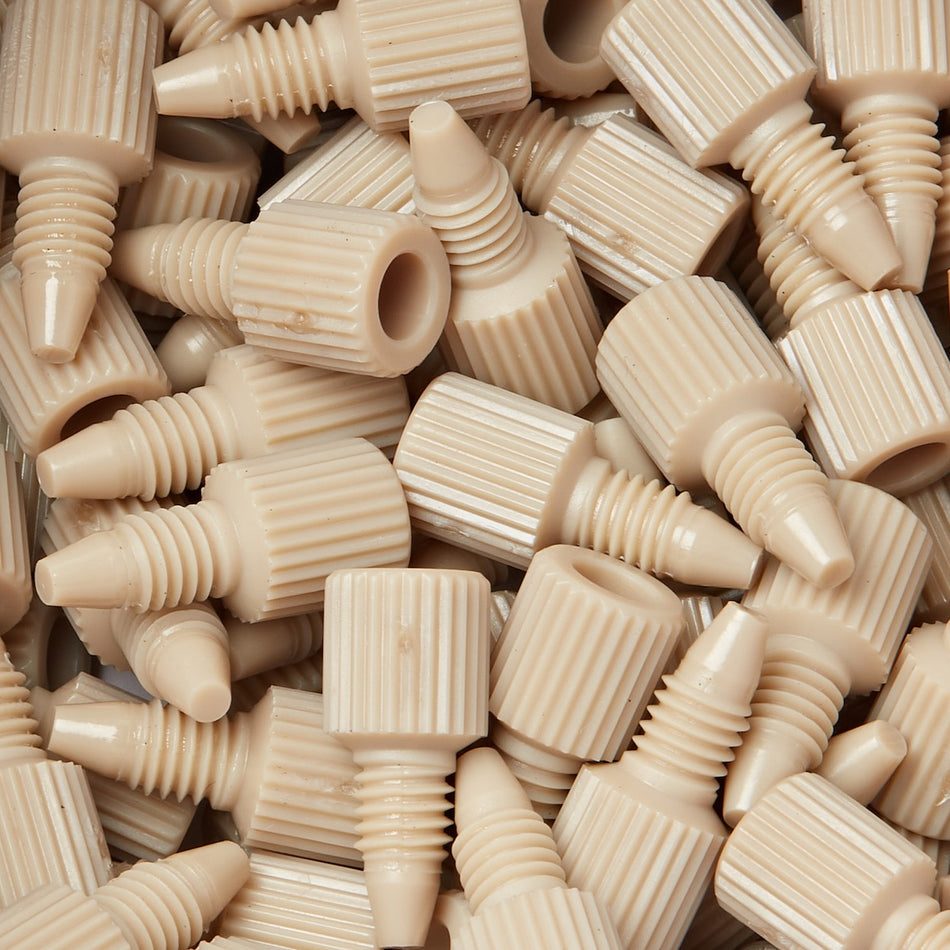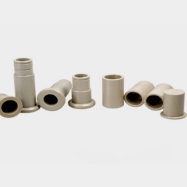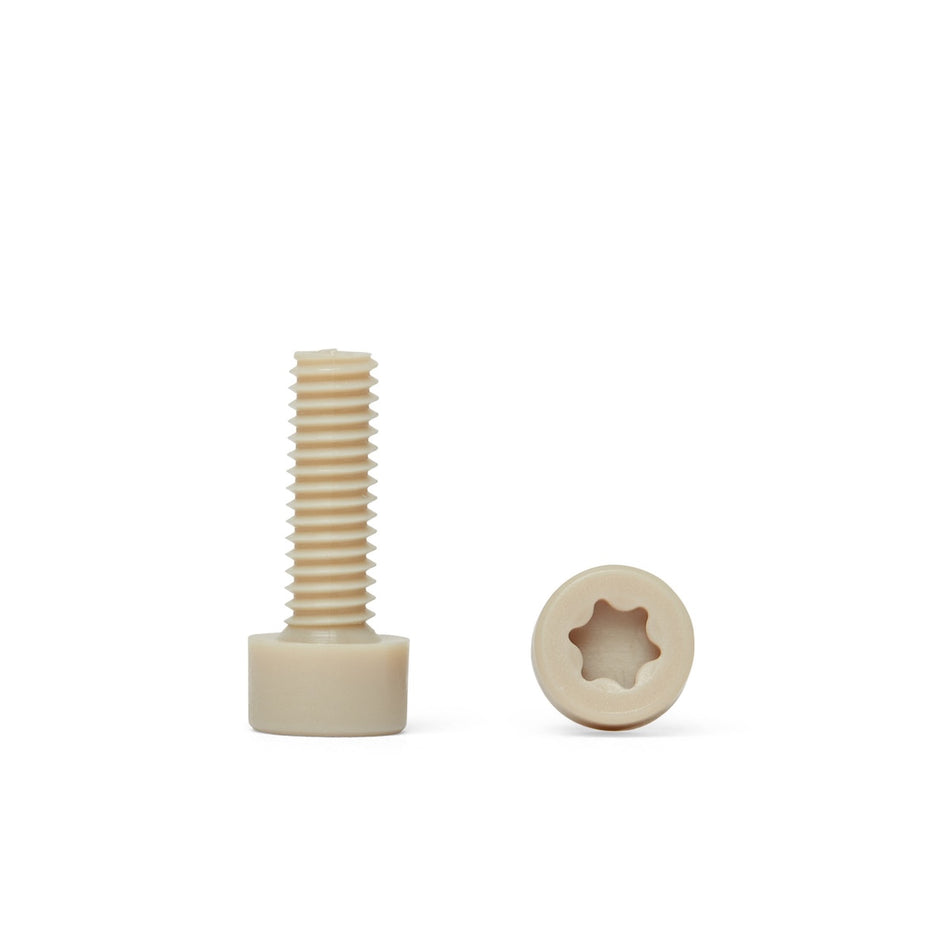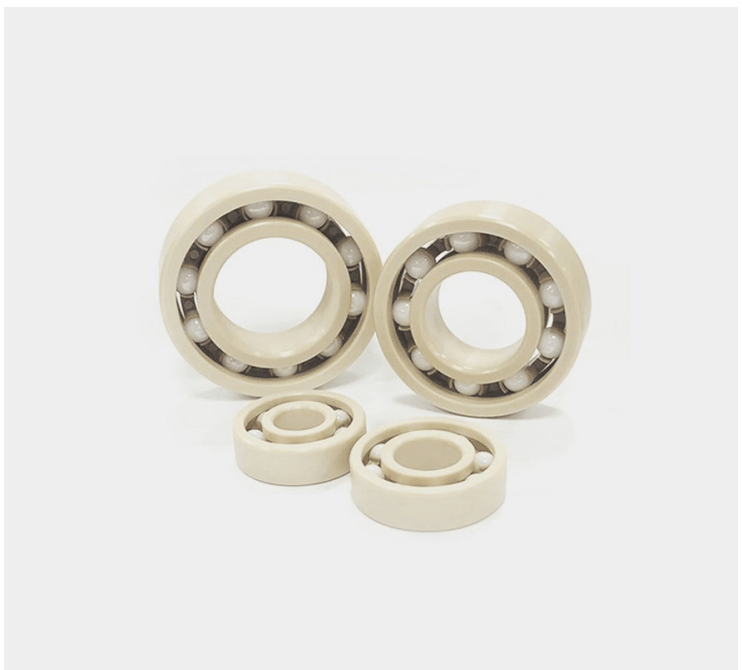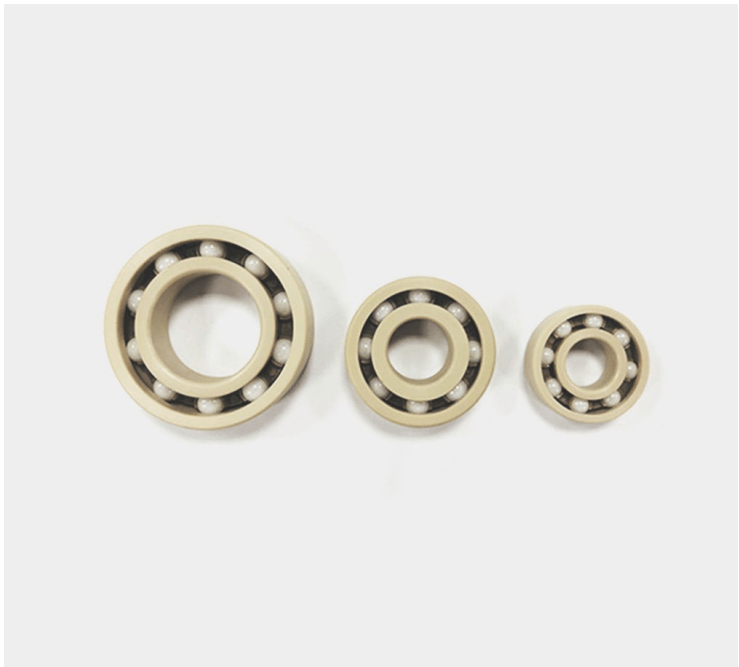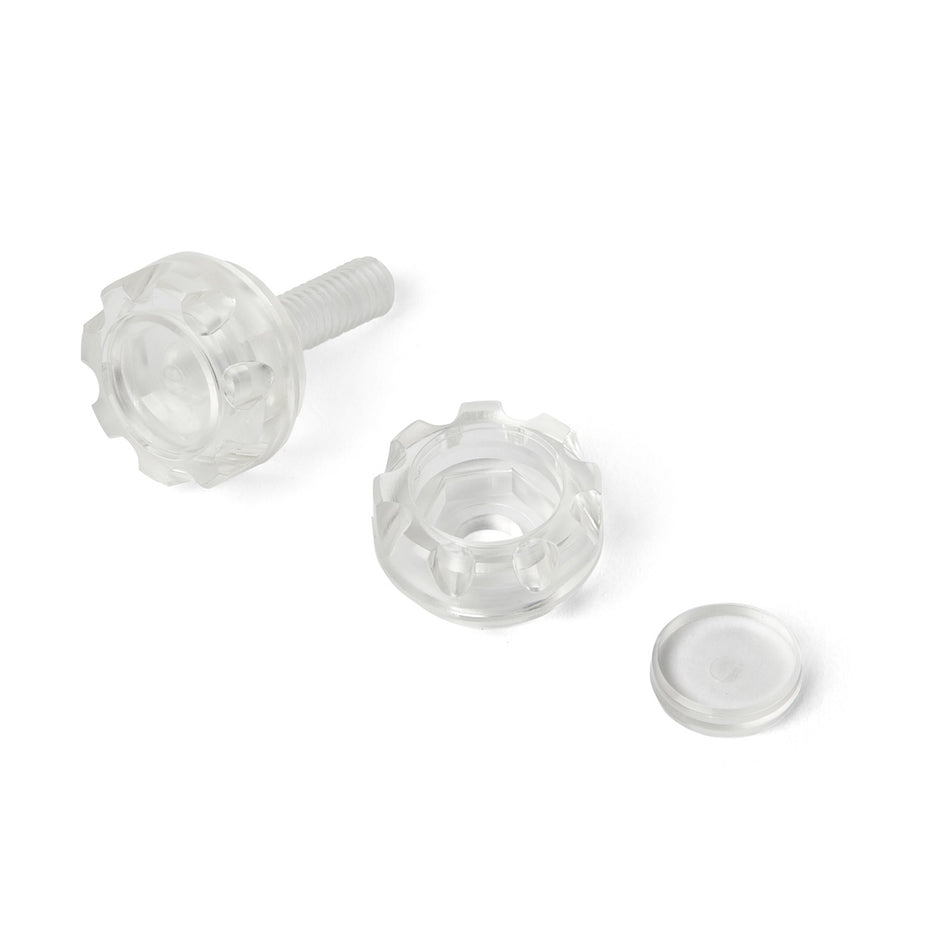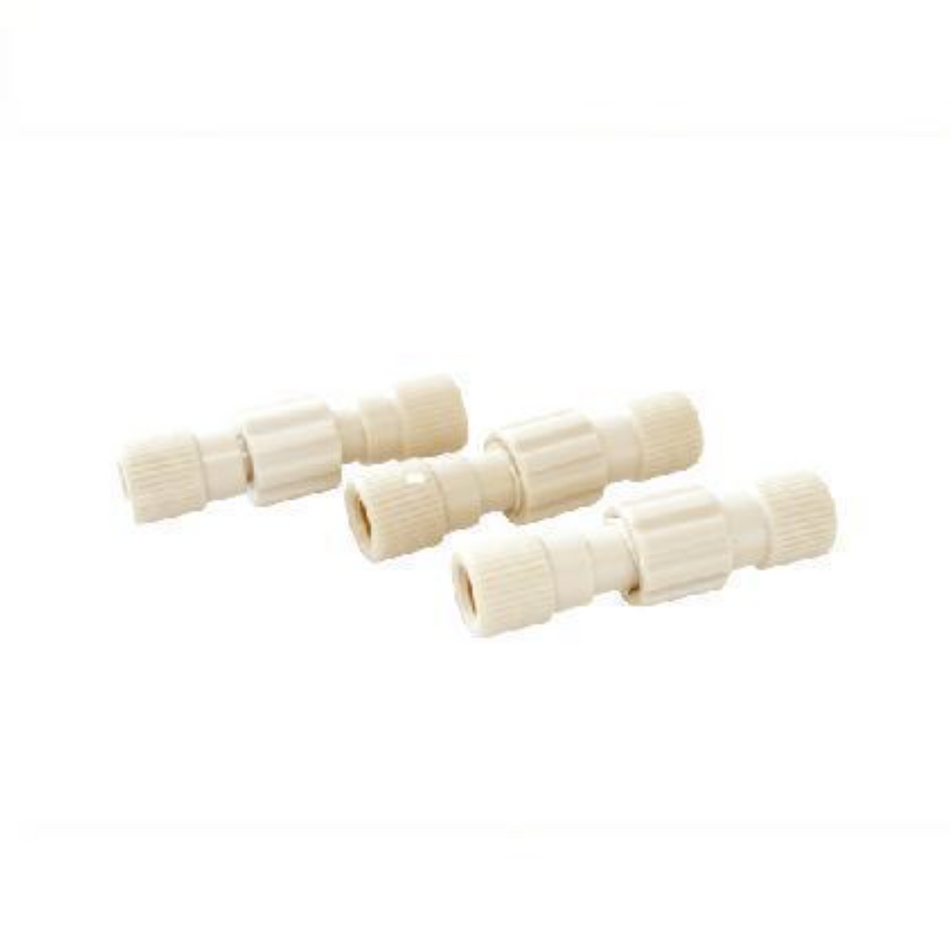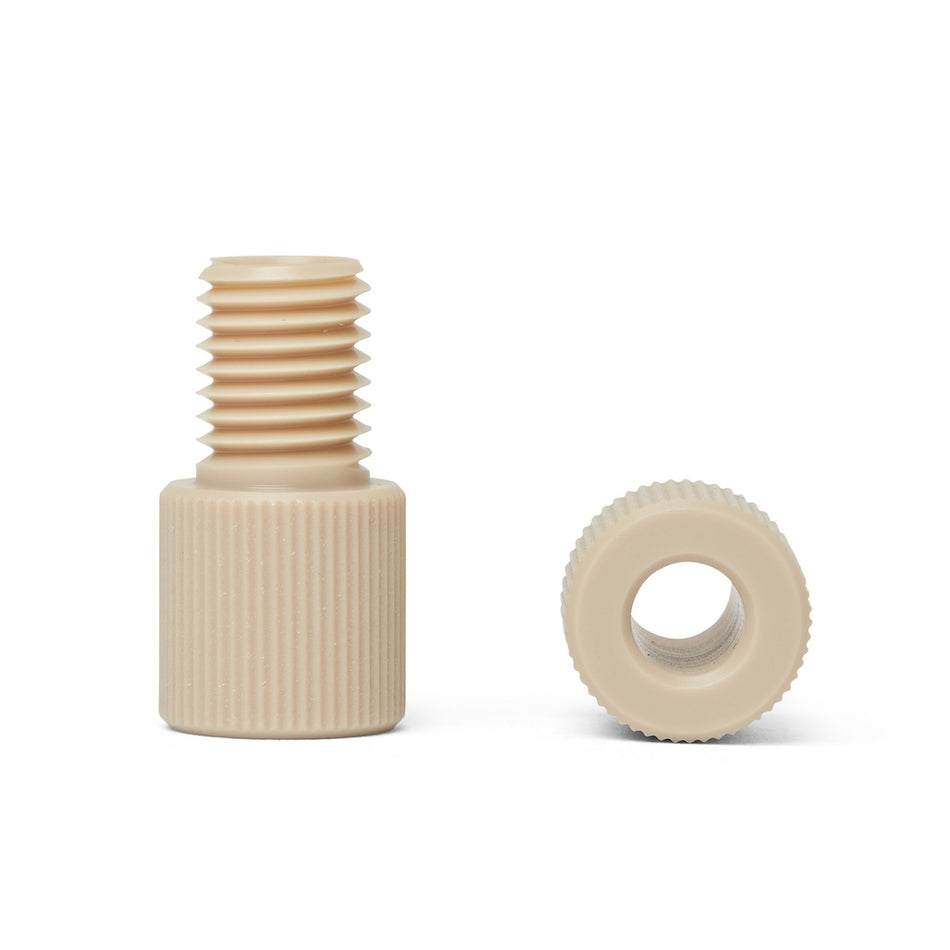107 Productos

La industria de soluciones neurocientíficas utiliza tornillos, tuercas, pernos, arandelas y fijaciones de polímero
Las fijaciones de polímero están hechas de plástico o materiales compuestos y se utilizan en diversas aplicaciones como alternativa a las fijaciones metálicas tradicionales. Se prefieren por su ligereza, resistencia a la corrosión y propiedades aislantes.
La industria de la neurociencia abarca una amplia gama de áreas de investigación, como la neurociencia, la neurobiología y la neuropsicología, y puede implicar el uso de una variedad de técnicas y herramientas, como las imágenes cerebrales, la neuroestimulación y las interfaces cerebro-ordenador. Es posible que los elementos de fijación poliméricos se utilicen en la fabricación y el montaje de equipos e instrumentos utilizados en la investigación neurocientífica, como equipos de neuroimagen, dispositivos de neuroestimulación e interfaces cerebro-ordenador. Estos cierres pueden utilizarse para fijar y sujetar componentes y sensores, o para fijar y asegurar muestras y especímenes.
La industria de soluciones neurocientíficas está formada por empresas y organizaciones que ofrecen productos y servicios relacionados con el estudio del sistema nervioso y el cerebro. Esto incluye empresas que desarrollan software y otras herramientas para analizar e interpretar datos cerebrales, así como empresas que desarrollan productos y terapias para tratar trastornos neurológicos.
Algunos ejemplos de productos y servicios que ofrecen las empresas del sector de soluciones neurocientíficas son:
- Software y hardware de neuroimagen: herramientas para recopilar y analizar datos de imágenes cerebrales, como la resonancia magnética funcional (RMf) y la electroencefalografía (EEG).
- Dispositivos de neuroestimulación: dispositivos que utilizan estímulos eléctricos o magnéticos para estimular el cerebro o el sistema nervioso, como los estimuladores cerebrales profundos y los dispositivos de estimulación magnética transcraneal (EMT).
- Neurofármacos: medicamentos y otras terapias para el tratamiento de trastornos neurológicos como la epilepsia, la enfermedad de Parkinson y la enfermedad de Alzheimer.
- Interfaces cerebro-ordenador: tecnologías que permiten a los usuarios controlar dispositivos u ordenadores con el pensamiento.
En general, la industria de soluciones neurocientíficas desempeña un papel vital en el avance de nuestra comprensión del cerebro y el sistema nervioso, y en el desarrollo de tratamientos y terapias para trastornos neurológicos.

